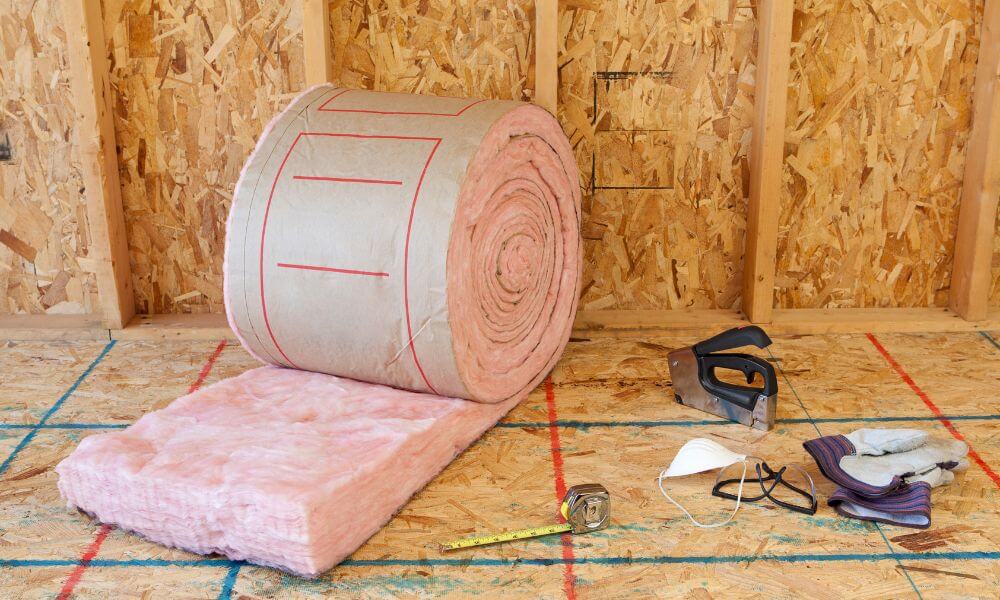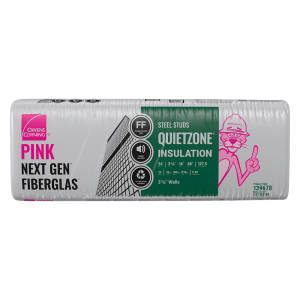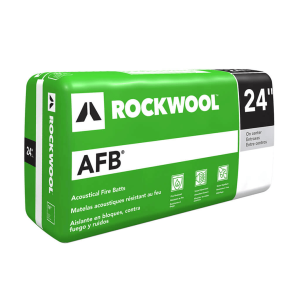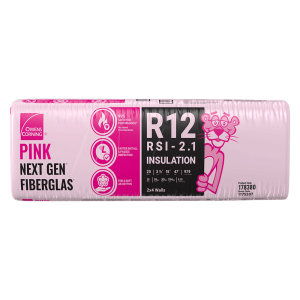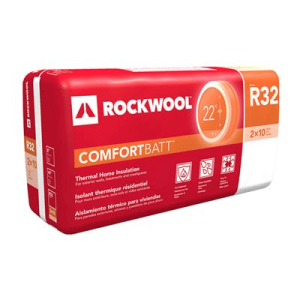Understanding Insulation R-Value: A Guide for Homeowners
Insulation is essential for creating a comfortable and energy-efficient home throughout the year. It plays a crucial role in regulating the temperature, keeping your home warm in the winter and preventing excessive heat buildup in the summer. When it comes to choosing the right insulation, understanding the concept of R-value is vital. But what exactly does this term mean?
Understanding the R-Value?
The effectiveness of insulation is measured by its thermal resistance, commonly referred to as the R-value. It indicates the material’s ability to resist heat flow. In simple terms, the higher the R-value, the better the insulation properties. The R-value considers factors like the type, thickness, and density of the insulation material. In Toronto and the GTA the temperatures can range from extreme cold to hot summers, so choosing the right insulation with an appropriate R-value is crucial for year-round comfort and energy efficiency.
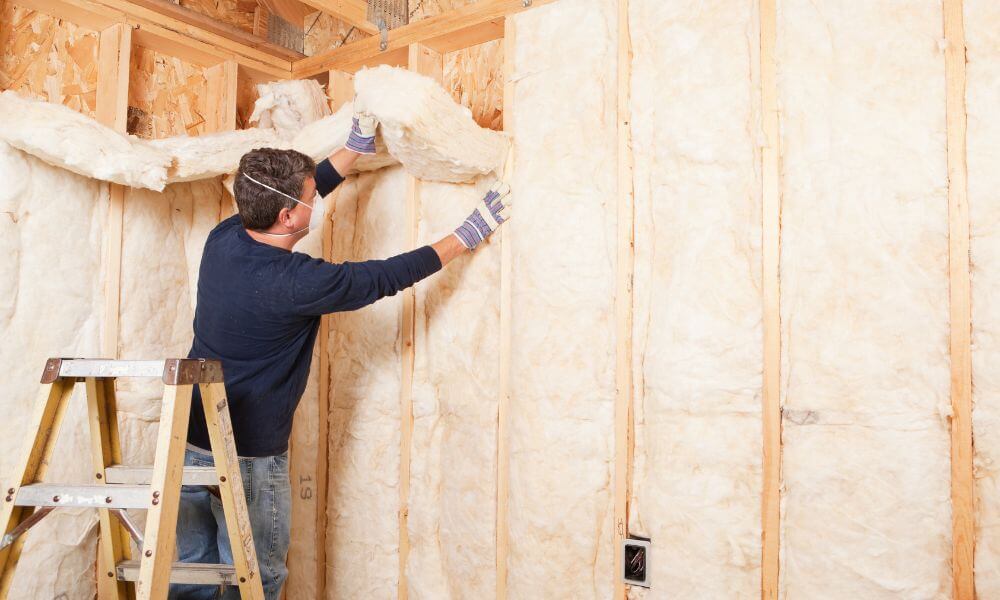
Choosing the Right Insulation
When selecting insulation for your home, several factors come into play. Here are some practical tips to help you make an informed decision:
Assessing the Climate
Living in Toronto means experiencing a wide range of temperatures throughout the year. To select the appropriate insulation for your home, consider the climate and weather conditions specific to the region. Toronto’s cold winters and hot summers require insulation with higher R-values to maintain indoor comfort and energy efficiency. Consult the recommended R-value guidelines for your area to determine the optimal thermal performance required for each insulation project.
Evaluating Each Area
Different areas of your home have varying insulation needs. Take a comprehensive approach by evaluating the insulation requirements for the attic, walls, basements, and floors individually. These areas may differ in terms of insulation material, thickness, and R-value. For example, attics may benefit from loose-fill or batt insulation, while basement walls may require rigid foam insulation. By tailoring the insulation choices to specific areas, you can achieve maximum efficiency and comfort throughout your home.
Exploring Insulation Options
When it comes to insulation materials, there are several options available, each with its own set of characteristics and R-values. Consider the following common insulation materials:
Fibreglass: Fibreglass insulation is widely used and comes in batts, rolls, or loose-fill form. It offers good thermal performance and is relatively affordable. Fibreglass insulation is easy to install, making it a popular choice for DIY projects.
Mineral Wool: Mineral wool insulation, made from rock or slag, provides excellent fire resistance and soundproofing capabilities. It is available in batts, rolls, or loose-fill and offers comparable R-values to fibreglass.
Cellulose Fiber: Made from recycled paper, cellulose fibre insulation is an environmentally friendly option. It is typically blown into walls and attics, effectively filling gaps and providing good thermal performance. Cellulose fibre insulation is treated to resist fire, pests, and mould.
Plastic Board Insulation: Plastic board insulation, such as polystyrene or polyurethane, offers high R-values and is ideal for areas that require moisture resistance, such as basements or exterior walls. It is more expensive than other insulation types but provides excellent thermal efficiency.
Installation Considerations
Before deciding on a specific insulation material, consider the complexity of installation and your level of expertise. While some insulation types, like fibreglass batts, are relatively easy to install as a DIY project, others may require professional assistance for proper installation. For example, blown-in insulation or rigid foam insulation often requires specialized equipment and expertise to ensure optimal coverage and effectiveness. Engaging insulation experts or contractors can ensure the insulation is installed correctly, maximizing energy efficiency and long-term performance.
Canada Greener Homes Grant
As part of the Canada Greener Homes Initiative, homeowners in Ontario can take advantage of the Canada Greener Homes Grant for insulation upgrades. This program offers grants ranging from $125 to $5,000, helping homeowners offset the costs of eligible retrofits. The grant also provides a maximum contribution of up to $600 for pre- and post-retrofit EnerGuide evaluations. Check to see if you are eligible for home improvement grants through the Canada Greener Home Initiative here!
To qualify for the grant, homeowners must ensure their insulation projects meet the eligibility criteria outlined by the initiative. This includes insulating a minimum percentage of specific areas, such as the roof assembly, exterior walls, exposed floors, basements, and crawl spaces. The grant encourages homeowners to improve energy efficiency and reduce heat loss, resulting in long-term cost savings and environmental benefits.
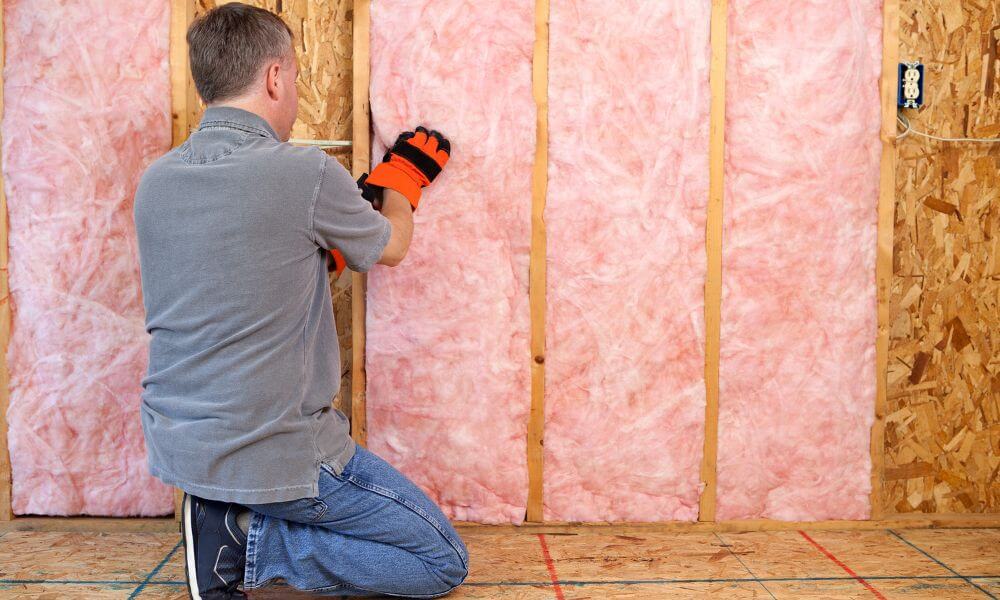
Understanding the R-value of insulation is essential for making informed decisions when it comes to insulating your Toronto home. By selecting insulation with the appropriate R-value, you can optimize energy efficiency, reduce heat loss or gain, and enhance overall comfort. Remember to consider factors like insulation type, installation quality, and local building codes. Additionally, take advantage of programs like the Canada Greener Homes Grant to access rebates and incentives for insulation upgrades, making your home greener and more energy-efficient.

